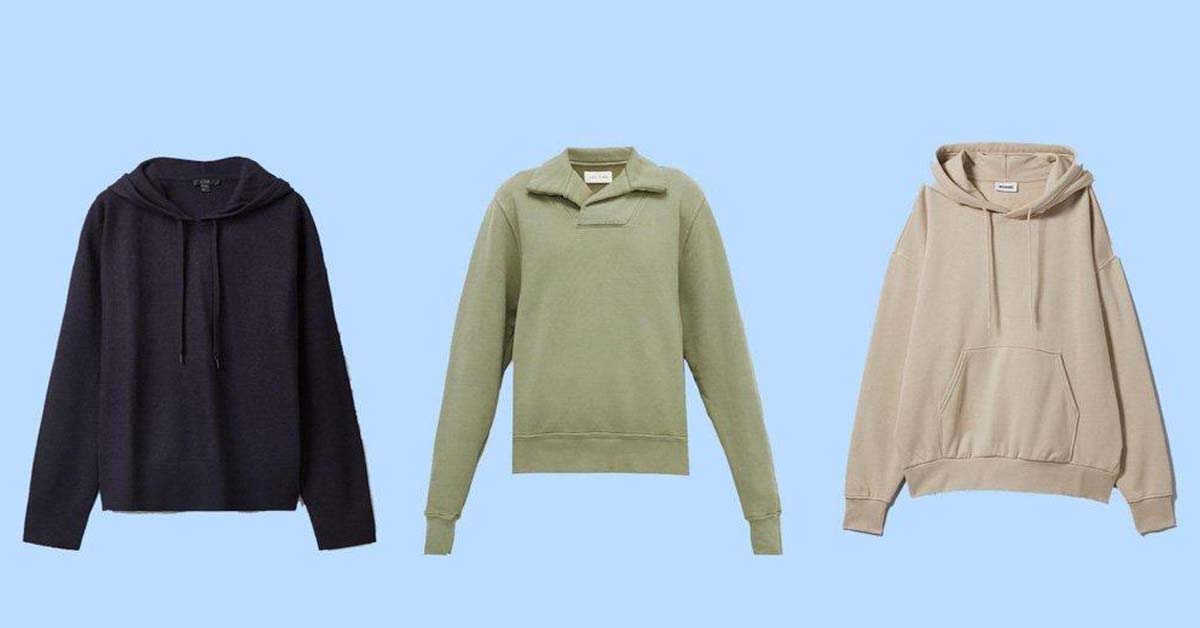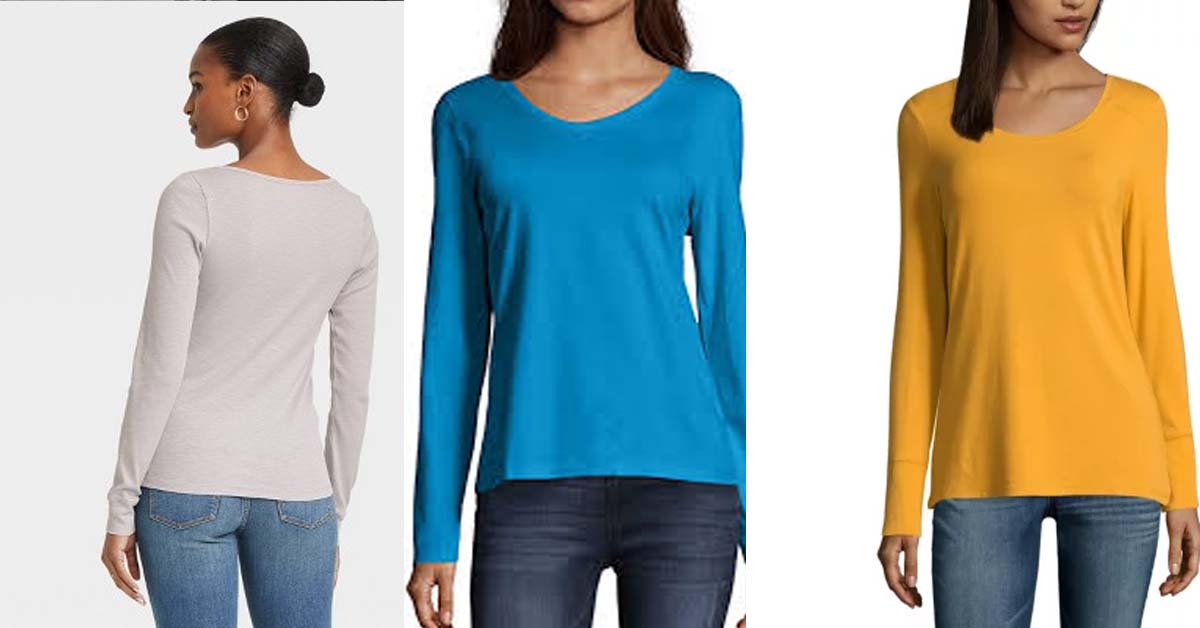
A-Z Guide To Polyamide Fabric: What Is It, Characteristics, How To Use & Clean
The term “Polyamide fabric” may sound unfamiliar to some of you. However, the material is indeed very common and could be found easily in various aspects of life, especially clothing manufacture. Here is everything you should know about Polyamide textile.
What is Polyamide fabric?
Definition
Polyamide means a polymer of amino acids, and polyamide fabrics is a general term referring to several types of fabrics that are made from polyamide monomers fibers. In fact, natural textiles such as wool and silk could also be regarded as polyamide in terms of chemical techniques. However, apart from chemists, the entire populace would define Polyamide fabric as artificial fibers.

Some of the common synthetic Polyamide fabrics are Nylon, Kevlar and Nomex polymer. Among these textiles, Nylon is the most popular one that accounts for the majority of polyamide products, therefore it is often used as an interchangeable term with “Polyamide fabric”.
History of Polyamide fabric
As one of the early discovered synthetic fabrics, polyamide textile was firstly produced for commercial purposes by DuPont in the late 1930s. This product of DuPont was initially named “Nuron”, then “nilon”, and finally “Nylon” as we call it today.

The application of Polyamide to clothing manufacture became common after World War II when there was a shortage of cloth and people had to recycle the remaining Polyamide fabrics from used parachutes to weave their clothes. However, they soon realized that such pure Nylon material is not ideal for clothing. For that reason, manufacturers started to blend Polyamide with different types of fabrics like Polyester, cotton or Elastane to eliminate drawbacks and improve the quality.
Before the discovery of synthetic fabric, all clothing is made from natural materials, which are sensitive and costly while having poor elasticity. Since being patented, synthetic materials in general and particularly Polyamide have replaced the dominance of natural fabrics and remained popular thanks to the low-cost advantage and outstanding quality.
Polyamide characteristics: pros and cons
Polyamide fabric has both pros and cons regarding its characteristics. Generally, it is elastic, soft and smooth, but not long-lasting. However, since the advantages seem to be overweight, Polyamide textile is still an essential and frequently used clothing material.
Advantages of using Polyamide
Elasticity
Like other plastic-based materials, elasticity is found in Polyamide fabric. Although this material does not have excellent heat-resistance compared to Elastane or Polyester, its resilience and shape retention abilities are still outstanding.
Durability and strength
These characteristics are also specific for plastic-based synthetic textiles like Polyamide. It can resist abrasion, external attacks such as insects or mold, and even certain types of common chemicals.
Waterproof
This characteristic is a signature of Polyamide fabric. Thanks to this feature, Polyamide clothing would contain advantages such as antibacterial and mildew-resistant, creating a comfortable feel for consumers.
Easy wear, easy care
Polyamide textile is light, soft and smooth. Therefore, it could guarantee both the feel and the look of clothing. The material is also non-staining, therefore easy to care for and wear without worrying about ugly stains.
There are many other advantages of Polyamide fabric that would secure its popularity over other types of textiles. The fabric is quick-dry and non-iron, which makes the caring procedure more convenient. Due to the smooth and shiny surface, Polyamide has an eye-catching appearance. Therefore, it can be applied in many fields in addition to clothing manufacture. Polyamide is easy to dye but color persistent. Therefore, it could guarantee a colorful and beautiful look for a long time.
Disadvantages of Polyamide fabric
Some disadvantages of Polyamide fabric include:
- Poor heat-resistant ability. The material may lose its original color, durability and elasticity if being subjected to great heat (over 150 degrees).
- Sensitive to sunlight and UV. Properties of Polyamide fabric may degrade quickly if being put under direct sunlight. Therefore, manufacturers often consider and add UV protectors to outdoor garments.
- Flammable. For that reason, it is not good to wear Polyamide clothes when cooking, camping or joining fire-involved activities.
- Polyamide is not very eco-friendly because it takes lots of energy to produce and is difficult to biodegrade itself.
Despite those weaknesses, Polyamide fabric is still irreplaceable in the current context. Therefore, clothing manufacturers would do their best to minimize the negatives instead of giving up on the material.
What is Polyamide fabric used for?
Clothing & fashion wear made from Polyamide
Ever since being applied to produce women’s stockings in the 1940s, Polyamide fabric has been a crucial material of the fashion industry. Until now, its application has been broadened continuously and could be found in several types of clothing such as workwear, activewear and so on.
Workwear
Thanks to the durability, waterproof and abrasion resistance, Polyamide textile is often used to manufacturer workwear , specifically uniforms of manual labor or water-involved occupations. Besides, the characteristics of easy care and quick-dry are ideal for working uniforms, which are worn regularly on a daily basis.


Activewear
Polyamide, like many other synthetic components, is frequently found in activewear due to its excellent elasticity and durability, lightweight and comfortability. Besides, characteristics of anti-bacteria and mold-resistance make it a great choice over other plastic-based textiles. Some of the most popular activewear that often contains polyamide include swimwear, mountaineering, hiking and other normal workout clothing.


Casual clothing
Polyamide components are applied to produce many other types of clothing such as casual wear and fashion wear in both the summer and winter.
Winter items
The most common winter clothing that contains Polyamide fiber is coat, fleece and jacket.


Hoodies are also popular and basic winter items. Polyamide-made hoodies are great in color and quality.

Polyamide leggings and pants are also important for both outdoor and indoor contexts.


Summer items
In the summer, casual and comfortable clothes are must-have items. Polyamide fabric is often used to fulfill such demand with T-shirts, polo shirts and shorts.



Other use of Polyamide
In addition to fashion and clothing, Polyamide fabric is also applied as household-used textiles like carpets and cooking utensils; or used to produce tools for sports and working instruments. The proportions of blending Polyamide with different types of fibers would also vary accordingly.
How to wash Polyamide clothing?

Polyamide-based clothing is an easy-care product. However, there are still some points to notice in order to preserve both the quality and look of clothing.
- Do not launder Polyamide clothing with hot water or dry with great heat.
- Avoid using harsh chemicals and bleaches.
- Air Polyamide clothing naturally under shadow and in airy places. Do not put them under direct sunlight.
- It is better to wash by hand rather than using the washing machine.









